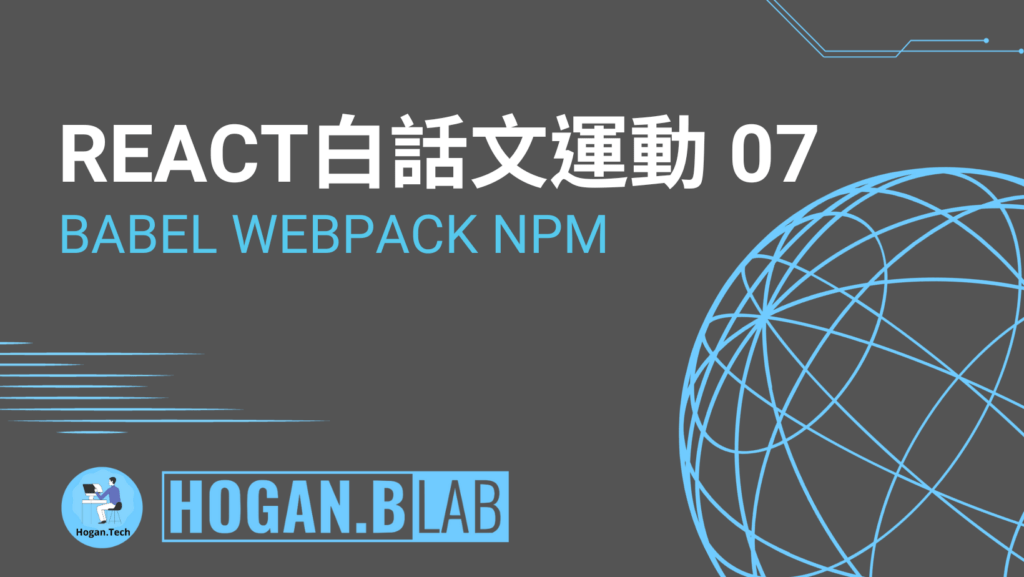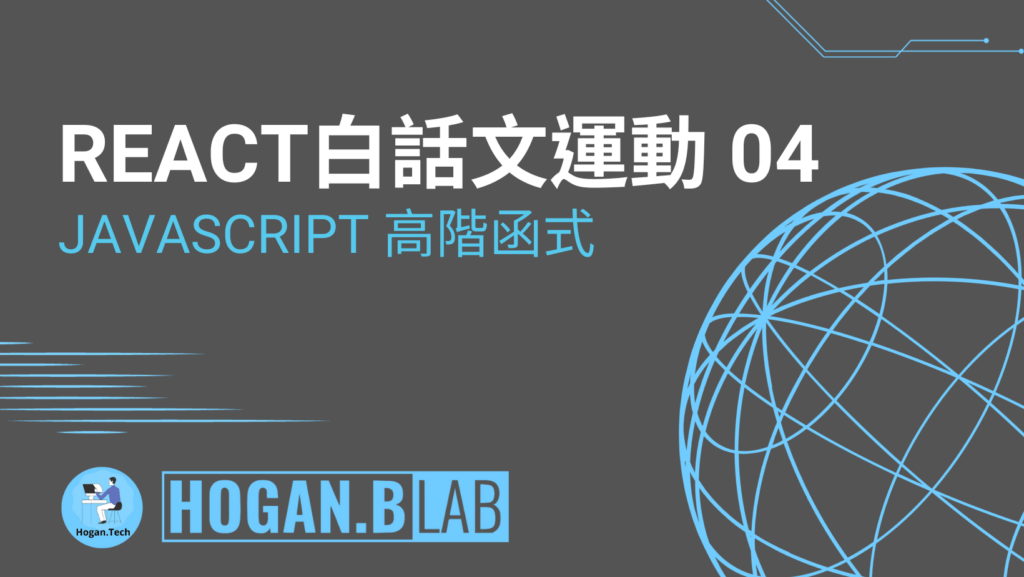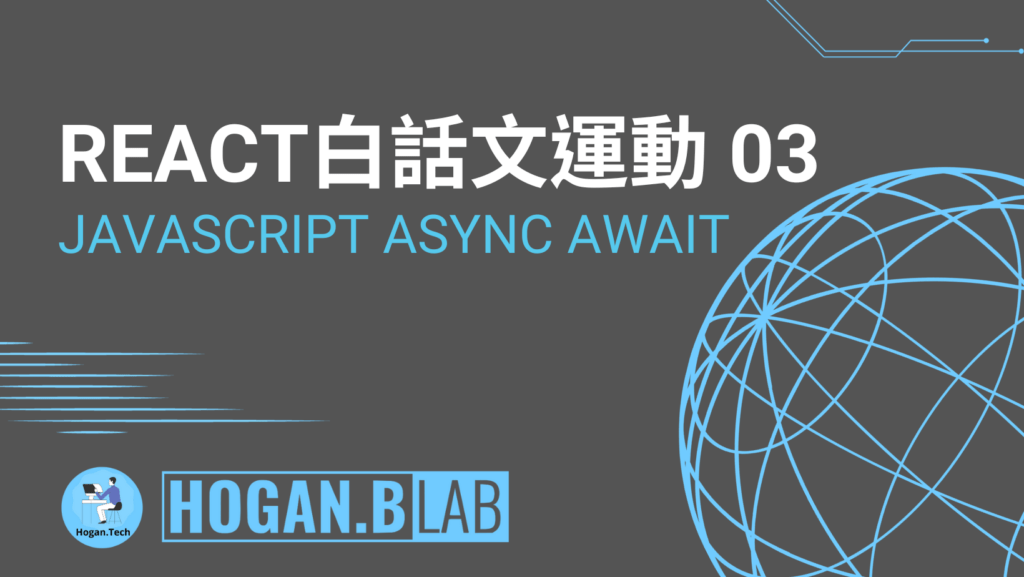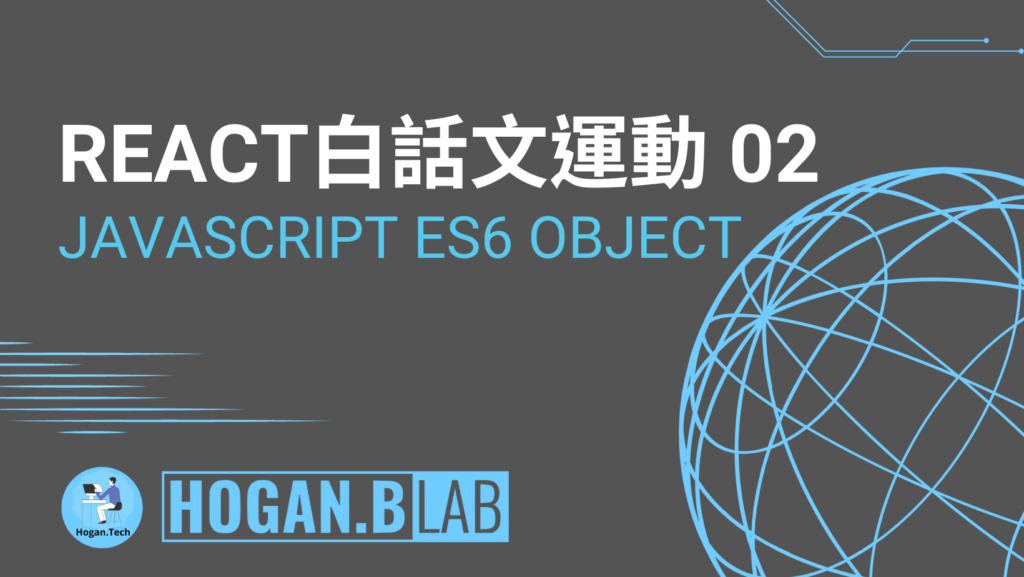React Hook useState – React Vernacular Campaign 11
useState is a React hook for adding state to functions. useState allows us to define and manage state data within a function. useState returns an array of two values, including: the current state: when the function is first rendered, its value will be equal to the initial value we passed to useState. The current state: when the component is first rendered, its value will be equal to the initial value we passed to useState.
React Hook useState – React Vernacular Campaign 11 Read More »









